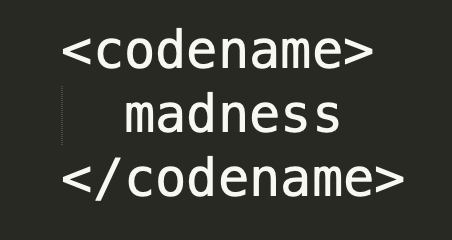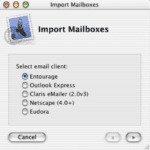
Codename madness
Although I only have my experience at Apple and those of my friends at other companies, but this appears to be the case:
- Most companies use codenames from time to time
- Most companies that do use codenames use them for ultra-super-secret projects
- Most companies that use codenames are to protect leaks to the outside world, not leaks within a company
- Apple is not like most companies
The only thing at Apple that doesn’t have codenames are other codenames. Oh wait, that’s not entirely true since some projects have multiple codenames based on which organization you are in, although this is not super common.
To complicate matters, there are not really resources to translate a codename into what it stands for or vice versa. So it’s fairly anecdotal and many people keep their own cheat sheets.
But early in my career at Apple I had an amusing codename experience in a meeting that I felt summed up the silliness of it all. Since I don’t remember the codenames involved, I’ll make up a mythical product and show made up version numbers and codenames.
Version 1.0 = Catalyst
Version 1.1 = Timber
Version 2.0 = Belgium
Version 2.1 = Frisbee
Ok, so in this meeting, someone asked:
What is Frisbee?
And the answer was:
Frisbee is the Timber for Belgium.
Now, if you’ve worked at Apple, you might just laugh at this point, but if you don’t, I should explain it.
So, Catalyst was 1.0 and Timber was apparently a software update. Belgium is 2.0 and Frisbee was the software update. So, Timber and Frisbee are essentially the same thing, but based on different major releases. So, Frisbee is this version’s analogue to Timber.
Make sense? 🙂
